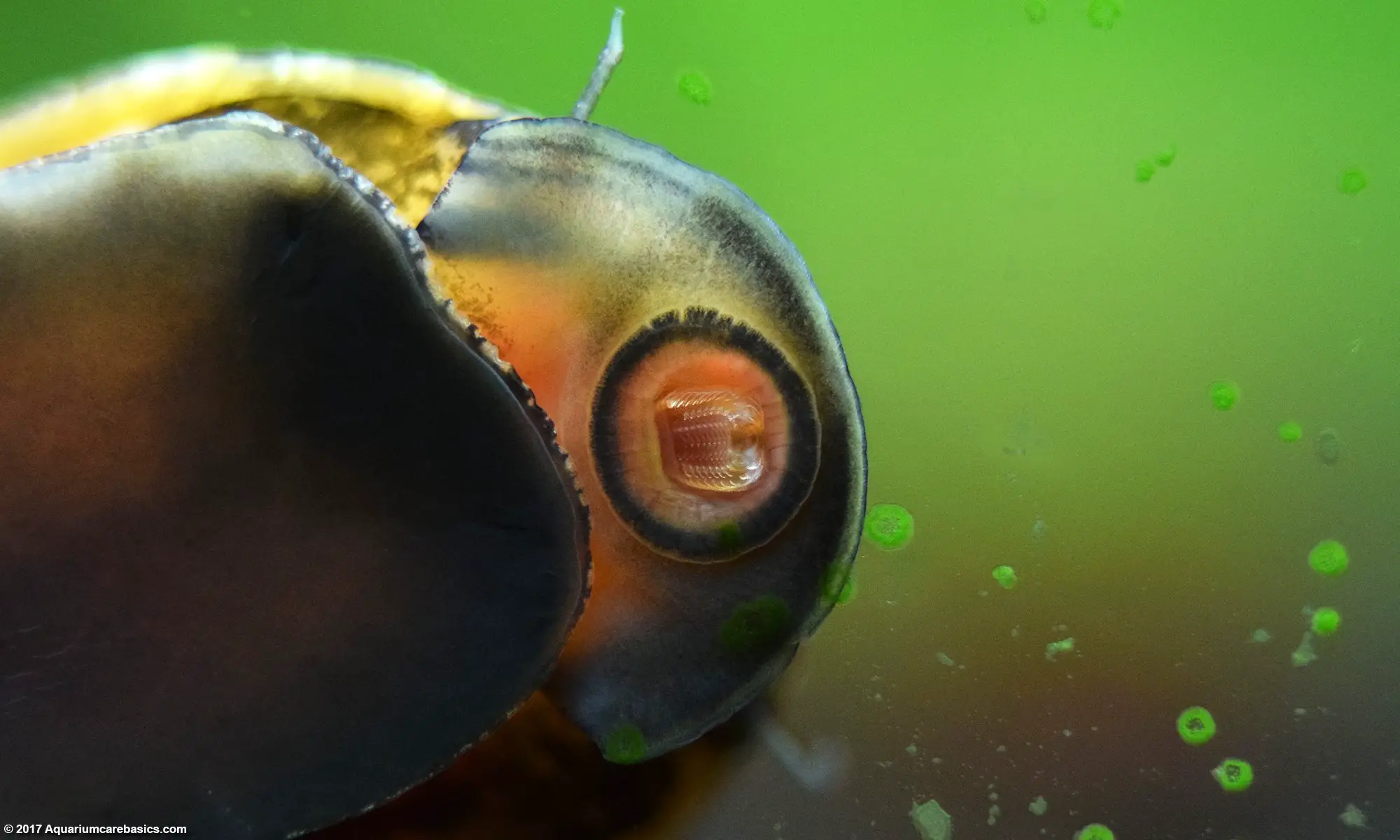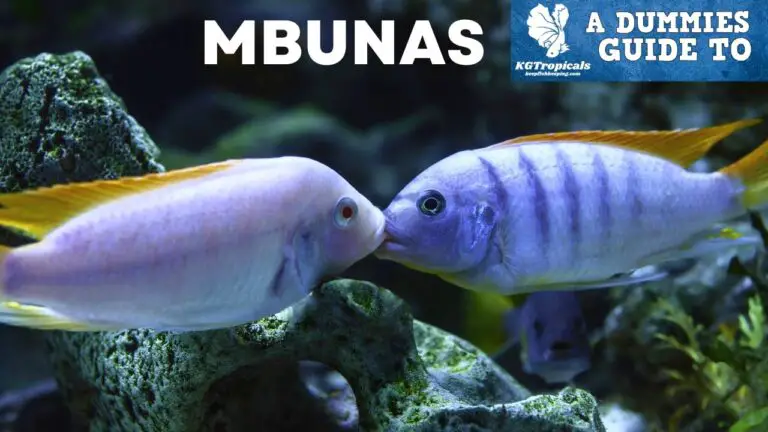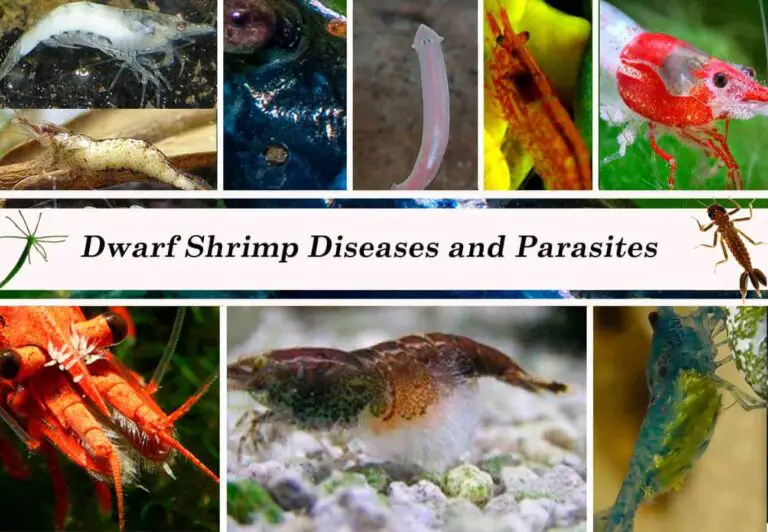What Do Nerite Snails Eat?
Nerite snails are small aquatic mollusks that feed on algae and other organic matter. It has natural appetite for algae, which found in both freshwater and saltwater.
They consume detritus, decaying organic material such as dead leaves and fish waste. As well as diatoms, which are microscopic single-celled organisms.
If nerite snails don’t have enough food, you can give them sinking algae wafers. Nerite snails may also eat leftover food that falls to the bottom of the aquarium.
Nerite snails are a popular type of aquarium snail. They are known for their hardy nature and beautiful shells that come in a variety of colors and patterns.
These aquatic creatures have some pretty basic dietary needs, which makes them great additions to any tank or pond.
Nerite snails eat algae, diatoms, bacteria, detritus, and plant debris in the water. Make sure they have a balanced diet to keep them healthy.
How Long Do Nerite Snails Live?
Nerite snails are a popular choice for freshwater aquariums because of their interesting patterns and colors.
They can live up to three years in captivity, which makes them an excellent long-term addition to any tank.
In order to maintain their health and extend their lifespan, it is important that they have plenty of algae or other food sources available.
The water must be kept clean and at the proper pH level by doing regular water changes.
With adequate care, these fascinating snails can provide many hours of enjoyment!
Do Nerite Snails Need Calcium?
Nerite snails need calcium in order to form and maintain their shells, which are made up of calcium carbonate.
Calcium can be provided by adding a supplement like cuttlebone or crushed oyster shell to the aquarium, as well as from other food sources such as algae wafers.
It is important to keep the levels of calcium in your tank at an optimal level for your Nerite snail’s health.
Black Nerite Snail
Black Nerite Snails are a species of snail found in tropical and subtropical areas.
These snails can be identified by their black shells, which have yellow or white stripes running along the top and bottom.
They grow to about 1 inch in size and prefer slow-moving freshwater with plenty of algae for food.
Black Nerite Snails are popular additions to aquariums because they help keep tanks clean by eating away at any unwanted build up of algae, as well as helping to maintain water quality.
Do Nerite Snails Need a Filter?
Nerite Snails are one of the best filter feeders for aquariums, and they don’t require a filtration system.
They use their specialized radula to scrape algae off hard surfaces like rocks and glass.
Which means that they can act as natural filters in your tank and help keep it clean without needing any additional assistance.
While not necessary, some hobbyists do opt to add a small filter to their tanks with Nerite snails just to ensure that the water stays well oxygenated.
Zebra Snail Lifespan
The average lifespan of a zebra snail is between 2-3 years, however some have been known to live up to 5 years with proper care.
Zebra snails need humid environments and plenty of food and water to remain healthy during their lifetime.
How Big Do Nerite Snails Get?
Nerite snails are incredibly popular among aquarium hobbyists due to their hardiness, vibrant colors, and the fact that they don’t reproduce in freshwater.
On average, nerite snails grow to be between 1/4-1 inch long when fully grown.
However, some species have been known to reach sizes of up to 2 inches or more.
Algae Wafers for Nerite Snails
Algae wafers are a great food source for nerite snails, as they provide them with the proteins and carbohydrates that make up their balanced diet.
Algae wafers are specially formulated to meet the nutritional needs of these aquatic creatures and should be fed in moderation to avoid overfeeding.
These treats can be found in pet stores or online and come in a variety of different flavors such as garlic, spinach, and kelp.
Do Nerite Snails Eat Fish Poop?
Nerite snails are an excellent addition to any freshwater aquarium, as they feed on algae and other organic matter.
Contrary to popular belief, these snails do not actually eat fish poop.
Instead, they prefer the soft film of algae that grows on hard surfaces in the tank, like rocks or decorations.
It is important to keep up with regular tank maintenance so that there is enough food for your Nerite snails to survive and thrive.

Credit: www.aquariumcoop.com
Do I Have to Feed My Nerite Snail?
Yes, you have to feed your Nerite snail. They are omnivorous and need a balanced diet of both vegetable matter as well as protein-rich foods like shrimp pellets or flakes.
Vegetables such as lettuce, spinach, and cucumber should be included in their diet too.
You can also give them algae wafers for added nutrition. Be sure not to overfeed your snails; they only need about one food item a day.
Make sure to change the food regularly and remove any uneaten food items that may accumulate in the tank before it decays and pollutes the water quality.
Lastly, do not forget to provide clean freshwater daily with dechlorinator so they can drink it when necessary!
What Veggies Can Nerite Snails Eat?
Nerite snails are one of the most popular freshwater aquarium snails, and they have a wide variety of dietary needs.
These small invertebrates can be great additions to any tank, but it’s important to understand what veggies they can eat.
Nerite snails will happily consume nearly all types of green vegetables in their diet such as lettuce, kale, spinach, collard greens and even seaweed!
Nerites also enjoy eating cucumber slices or other soft fruits like melon rinds.
They also love sinking pellets and algae wafers which provide them with essential nutrients that they need for growth.
Be sure to only feed your snail enough food so that it is gone within 24 hours.
Otherwise waste products can build up in the water potentially leading to ammonia spikes which could harm the entire ecosystem in your tank!
What Do You Feed Nerite Snails If There is No Algae?
Nerite snails are a popular addition to freshwater aquariums due to their attractive patterned shells.
They primarily feed on algae, but if there is no algae present in the tank then other food sources need to be provided.
A variety of vegetables and live or frozen foods can be offered as alternatives such as blanched spinach, zucchini slices, lettuce, cucumber slices, peas (in the shell), and brine shrimp.
Some high quality sinking pellets and even flakes for herbivores can be given.
It is important to note that Nerite snails have specialized digestive systems that require both fresh vegetation and meaty foods.
So it’s best to offer them a variety of nutritious items rather than just one type of food source on a daily basis.
To ensure your snail is getting enough calcium you can also add cuttlebone into the tank which they will naturally graze upon when needed.
Will Nerite Snails Eat Uneaten Fish Food?
Nerite snails are a popular choice for aquarium hobbyists looking to keep their tanks clean and free of algae.
While Nerite snails may be great at cleaning your tank, you may be wondering if they will also eat uneaten fish food or other organic matter in the tank.
In fact, Nerite snails can provide an invaluable service to any aquarium by eating uneaten food that would otherwise build up and become harmful to your fish.
Not only do these small creatures help keep the water clean, but they also act as natural scavengers that feed on decaying organic matter like uneaten fish food.
So if you’re looking for a way to keep your tank clean while providing an additional source of nutrition for your fish population, consider getting some Nerite snails today!
Conclusion
In conclusion, nerite snails are a great addition to any freshwater aquarium.
Not only do they help keep the aquarium clean by eating algae and other debris.
But they also come in an array of beautiful colors that can be visually pleasing to their owners.
With the right diet of veggies, fish food flakes, and algae wafers, these hardy little creatures will give your tank a burst of life for years to come!





